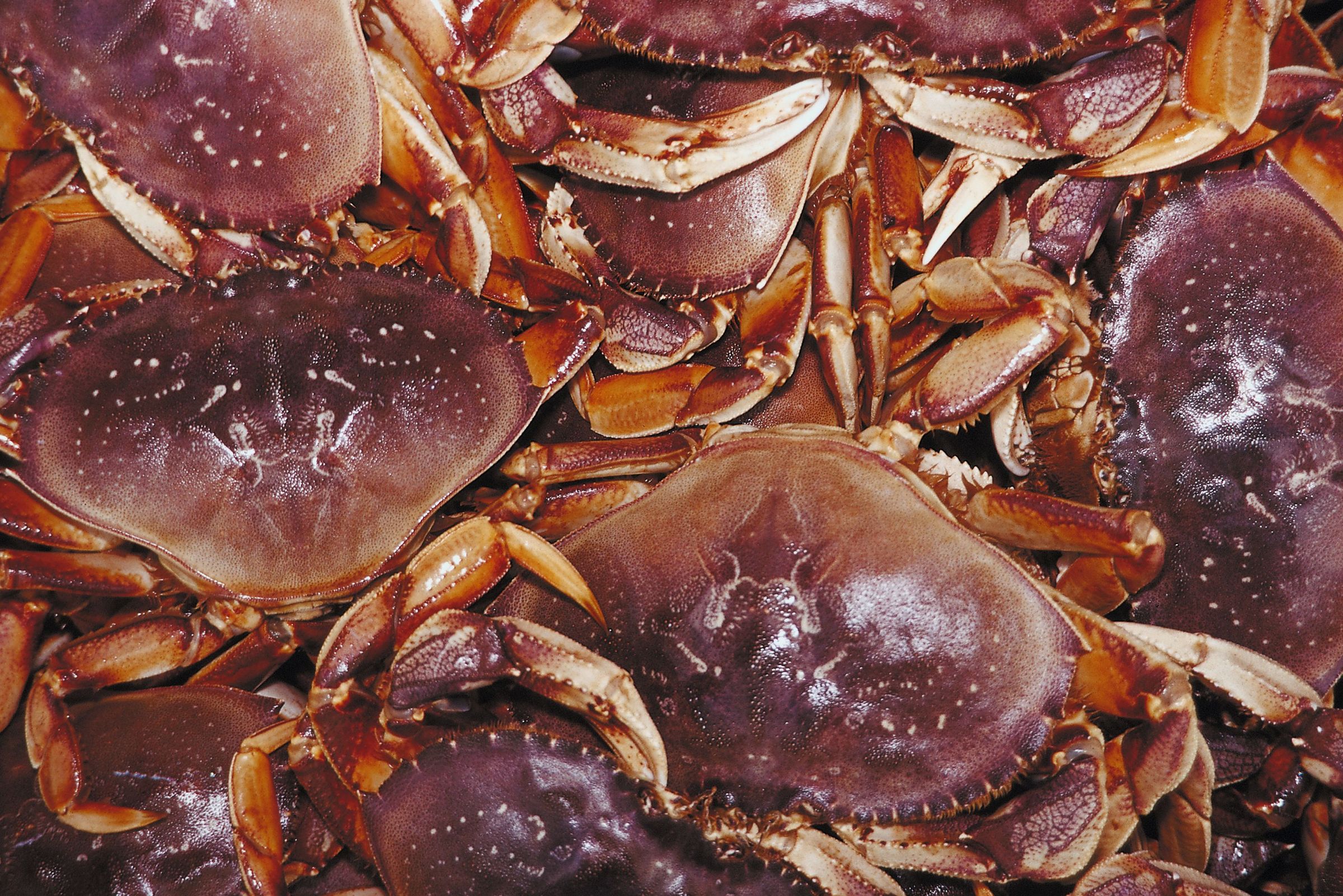By Nathan Willse, Stony Brook University, and Harlisa Harlisa, Environmental Defense Fund
Crustacean fisheries offer enormous opportunities as high-value and potentially resilient alternatives to over-exploited finfish stocks. However, rising global demand for crustacean products and rapid environmental change call for an increased focus on the sustainable management of crustacean stocks. While landings, the catch received from a harvester, of crustaceans are on the rise globally as traditional finfish landings are declining, effective fishery management is hampered in many geographies by limited data availability and capacity for data collection and processing.
These data gaps create enormous challenges in conducting stock assessments to understand the status of crustacean fisheries. These stocks require special consideration, given their unique ecology and life history attributes. Across diverse fisheries, it will be essential to describe how simple, effective and low-cost data collection systems and assessment approaches can be implemented to improve the assessment of these stocks.
The global Crustacean Task Force has been working over the past two years to summarize the state of play in crustacean fisheries stock assessments. In particular, the Task Force has highlighted challenges and opportunities in places with limited data and stock assessment capacity, including case studies from the Philippines, U.S., China and Indonesia. Collectively these Asian countries represent the major crustacean-producing countries, with the U.S. representing one of the largest consumers. The Task Force reviewed the types of assessments applied to crustacean fisheries, detailing their data requirements, the relative costs of collecting data and the overall modeling complexity of various assessment approaches. As part of the effort, we also inventoried existing data sources and assessment methods in each country and identified capacity limitations.
These findings informed recommendations for improving data collection and monitoring efforts in support of more comprehensive stock assessment methods in capacity- and data-limited fisheries, using actual crustacean fisheries to highlight examples in practice:
- Evaluate the overall cost of different fishery-dependent and fishery-independent sampling programs. The expense of data collection is a recurring obstacle to implementing new data streams and increasing stock assessment specificity for data-poor fisheries. Data collection costs generally increase with the scale and complexity of data collection; however, these more advanced data allow more complex management.
- Value data provided based on the information gaps they help close and the fishery’s value and importance. The combined data collection costs were less than 1% of the total landings value of the fishery in the most extreme case we explored. We suggest managers consider the value of the fishery and the potential benefit of data-supported stock assessment to maintain that value when considering the cost of new data collection programs.
- Identify novel technological solutions to reduce the technical skill requirements for sampling and potentially reduce overall cost. Work with stakeholders to understand the level of capacity in the system to apply different approaches. Emerging technologies such as onboard camera recording can help reduce the cost burden of traditional data collection programs such as onboard science staff.
- Identify novel or under-utilized data streams to improve crustacean assessments. This identification should ideally be informed by needs across multiple sectors (e.g., fisheries, weather, coastal protection) to identify cost-savings potential. Working with stakeholders can yield new opportunities for data collection, piggybacking on the fishing effort to meet data objectives in an unconventional way.
- Ensure that survey efforts are complemented by research on key species (e.g., species life history, fishery dynamics). This will help to ensure sustainability in the face of ongoing and diverse environmental, social, and ecosystem changes. A solid understanding of each species’ biology is necessary to ensure the data is applied effectively.
- Guide data expenditures with approximate cost to data returns tables. These tables should be informed by the information collected in steps 1-5. Structuring the precise data collection costs within the overall management plan helps describe the value of each sampling program to the overall stock assessment.
- Identify appropriate assessment methods that could be applied now or in the future with targeted data- and capacity-building. Although the gold standard for assessments tends to be more data-intensive, size-structured models, other applicable models with lower data requirements can be applied. Depending on the overall biological knowledge of each species, simple models can be used effectively until the required information for more complex models is available. We have highlighted some of the opportunities and limitations inherent in each method.
These best practices are intended to inform a roadmap for improving the science and management of both emerging and fisheries with identified data gaps within a limited fiscal and technical budget. The Task Force helped to highlight the data needs and availability in crustacean fisheries in China, Indonesia and the Philippines. The Task Forces also highlighted which data collection, technological, scientific and stock assessment approaches represent “low-hanging fruits” that can be applied in the near term and the limitations of some of these methods. The next steps for the Task Force are to work with the UN Fisheries and Agricultural Organization on a Technical Memo that would be geared toward a broad audience of fisheries practitioners to disseminate these findings and enact real change.










